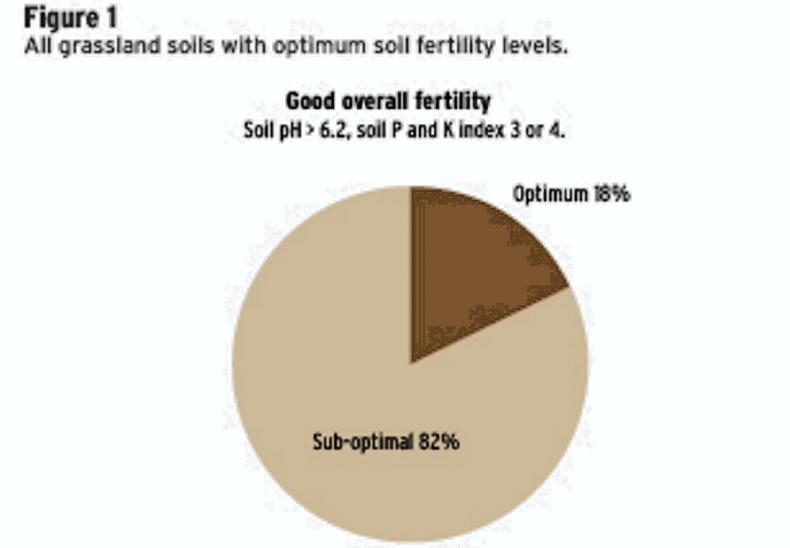Global disruption to the normal trading routes for fertilisers has resulted in higher fertiliser prices in 2022. This has had a dramatic effect on fertiliser use here in Ireland, with an overall reduction of 18% in total fertiliser use compared to 2021.
High fertiliser prices have had a dramatic effect on nitrogen (N), phosphorus (P) and potassium (K) sales, resulting in an 18% decrease in N, a 25% decrease in P and a 24% decrease in K use.
Over the last decade, the use of P and K fertilisers have increased, resulting in an increase in soils testing with optimum fertility (pH >6.2, P and K index 3).
The large drop in fertiliser P and K usage is quite a concern, as it will have a large knock-on effect on farm soil fertility.
Soil fertility changes
Teagasc soil samples taken in 2022 from all grassland commercial farms show improvements in soil fertility levels compared to the previous two years, with 18% of soils now at optimum soil fertility (pH.6.2, P and K index 3). Soil test results show that there is still a large requirement on grassland farms, with only 50% of farms at the optimum soil pH > 6.2.
Grassland soils testing with P index 1 levels have decreased from 31% to 24%, which is very positive, but the percentage of soils with P index 4 levels has increased from 21% to 25%. This shows that more attention is required on the targeting of such nutrient sources as cattle slurry to parts of the farm based on soil test results and crop requirements.







 This is a subscriber-only article
This is a subscriber-only article











SHARING OPTIONS: